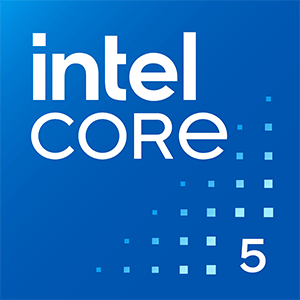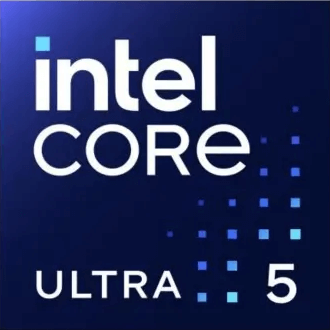Intel Core Ultra 7 165U vs Apple M2 Pro
We compared two laptop CPUs: Intel Core Ultra 7 165U with 12 cores 1.7GHz and Apple M2 Pro with 12 cores 3.5GHz . You will find out which processor performs better in benchmark tests, key specifications, power consumption and more.
Main Differences
Intel Core Ultra 7 165U 's Advantages
Released 11 months late
Higher specification of memory (7467 vs 6400)
Apple M2 Pro 's Advantages
Better graphics card performance
Larger memory bandwidth (204.8GB/s vs 120GB/s)
Higher base frequency (3.5GHz vs 1.7GHz)
More modern manufacturing process (5nm vs 7nm)
Lower TDP (30W vs 57W)
Score
Benchmark
Cinebench R23 Single Core
Intel Core Ultra 7 165U
+3%
1694
Apple M2 Pro
1632
Cinebench R23 Multi Core
Intel Core Ultra 7 165U
10103
Apple M2 Pro
+37%
13929
Geekbench 6 Single Core
Intel Core Ultra 7 165U
2384
Apple M2 Pro
+11%
2650
Geekbench 6 Multi Core
Intel Core Ultra 7 165U
9763
Apple M2 Pro
+46%
14275
Blender
Intel Core Ultra 7 165U
123
Apple M2 Pro
+105%
253
Passmark CPU Single Core
Intel Core Ultra 7 165U
3609
Apple M2 Pro
+14%
4116
Passmark CPU Multi Core
Intel Core Ultra 7 165U
16756
Apple M2 Pro
+56%
26265
General Parameters
Dec 2023
Release Date
Jan 2023
Intel
Manufacturer
Apple
Laptop
Type
Laptop
x86-64
Instruction Set
ARMv8
Meteor Lake
Core Architecture
Apple M2
165U
Processor Number
-
FCBGA-2049
Socket
Apple M-Socket
Arc Graphics (4-Cores)
Integrated Graphics
Apple M2 Pro GPU (19-core)
Ultra 7 (Meteor Lake)
Generation
-
Package
-
Transistor Count
40 billions
7 nm
Manufacturing Process
5 nm
12-57 W
Power Consumption
30 W
110°C
Peak Operating Temperature
100°C
Intel
Foundry
-
CPU Performance
2
Performance Cores
8
4
Performance Core Threads
8
1.7 GHz
Performance Core Base Frequency
3.5 GHz
4.9 GHz
Performance Core Turbo Frequency
-
10
Efficiency Cores
4
10
Efficiency Core Threads
4
1.2 GHz
Efficiency Core Base Frequency
2.4 GHz
3.8 GHz
Efficiency Core Turbo Frequency
-
12
Total Core Count
12
14
Total Thread Count
12
100 MHz
Bus Frequency
-
17x
Multiplier
-
112 K per core
L1 Cache
192 K per core
2 MB per core
L2 Cache
32 MB shared
12 MB shared
L3 Cache
-
No
Unlocked Multiplier
No
1
SMP
-
Memory Parameters
LPDDR5-7467, LPDDR5x-7467, DDR5-5600
Memory Types
LPDDR5-6400
96 GB
Max Memory Size
32 GB
2
Max Memory Channels
4
120 GB/s
Max Memory Bandwidth
204.8 GB/s
No
ECC Memory Support
No
Graphics Card Parameters
true
Integrated Graphics
true
-
GPU Base Frequency
450 MHz
2000 MHz
GPU Max Dynamic Frequency
1398 MHz
64
Shader Units
2432
4
Texture Units
152
2
Raster Operation Units
76
4
Execution Units
304
-
Power Consumption
35 W
7680x4320 - 60 Hz
Max Resolution
7680x4320 - 60 Hz
2.24 TFLOPS
Graphics Performance
6.8 TFLOPS








